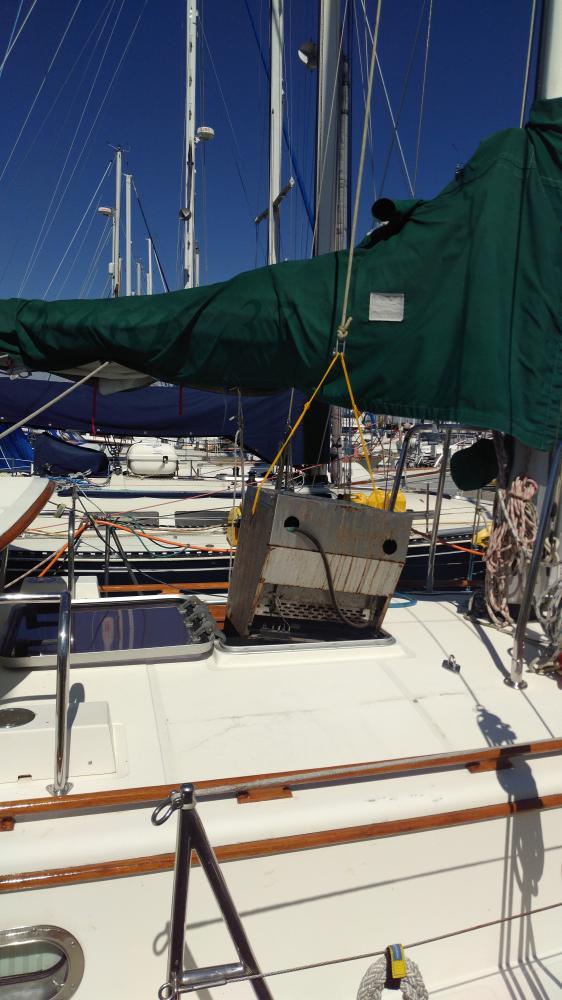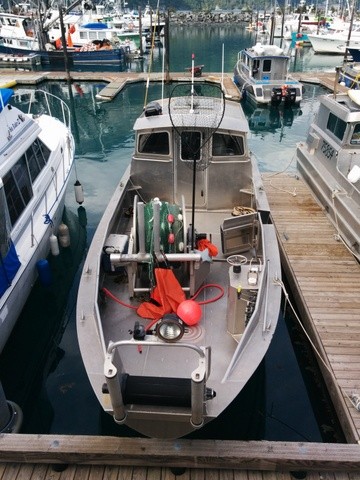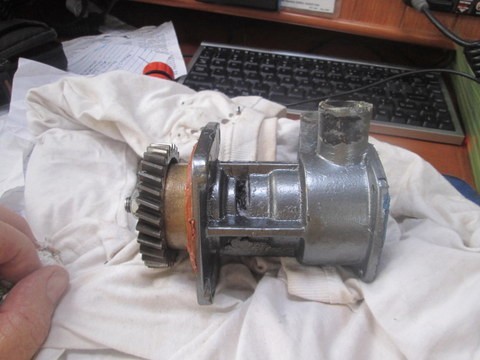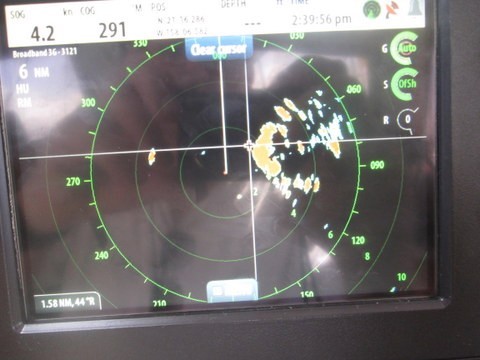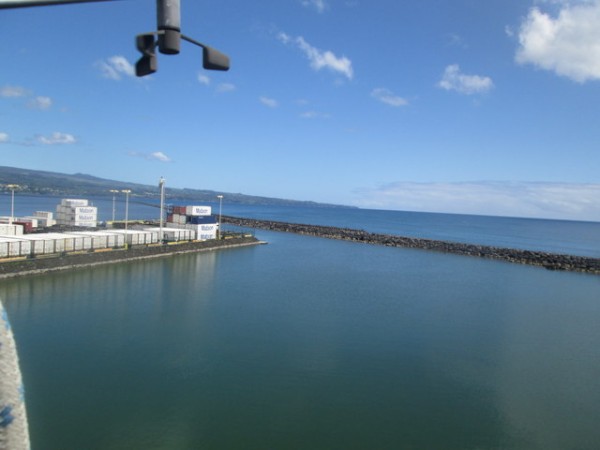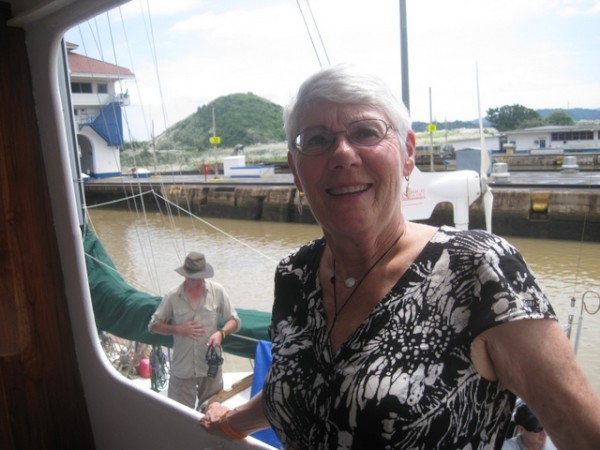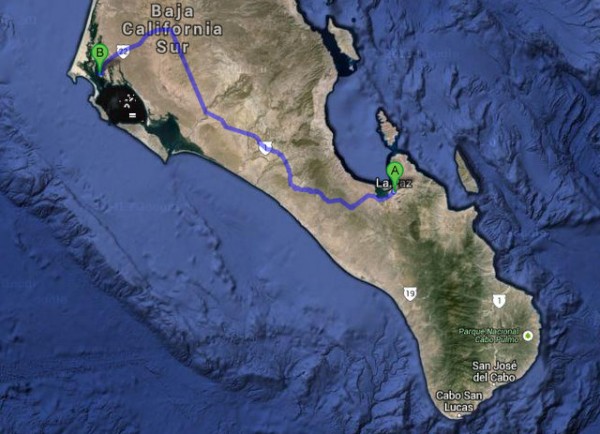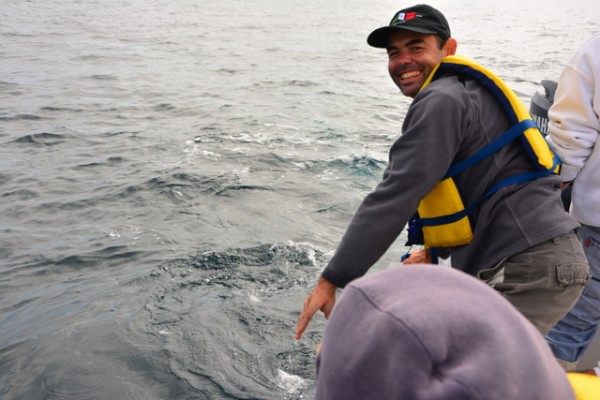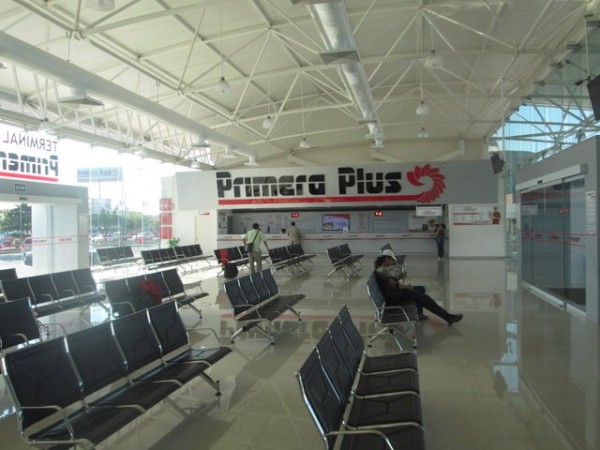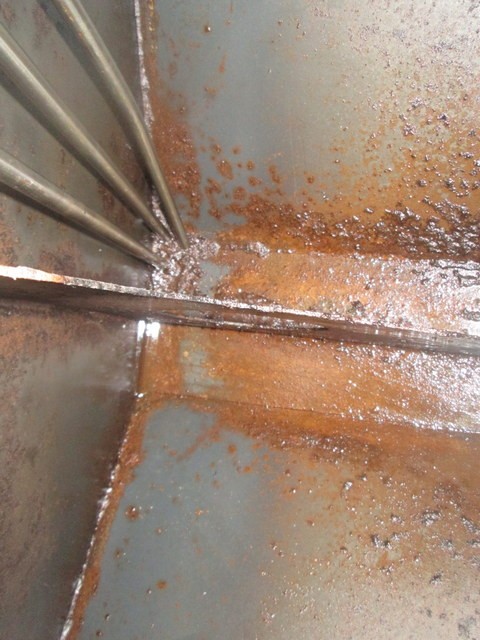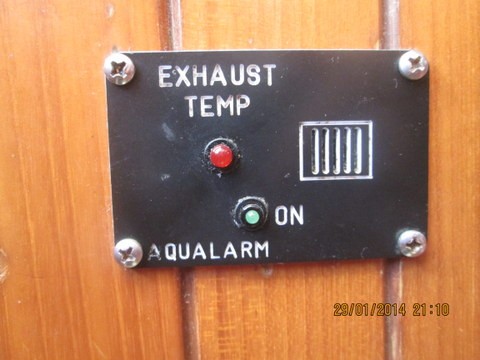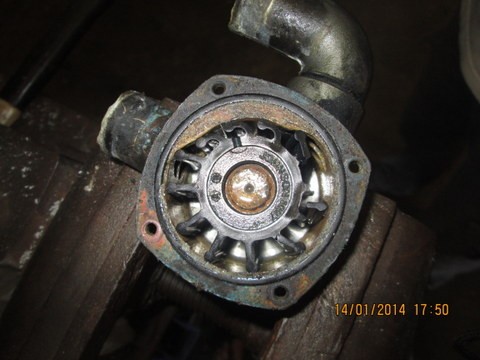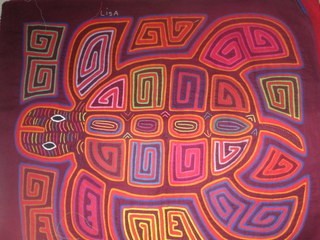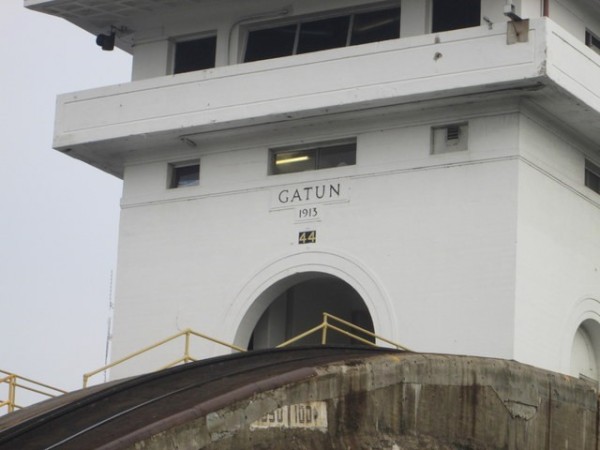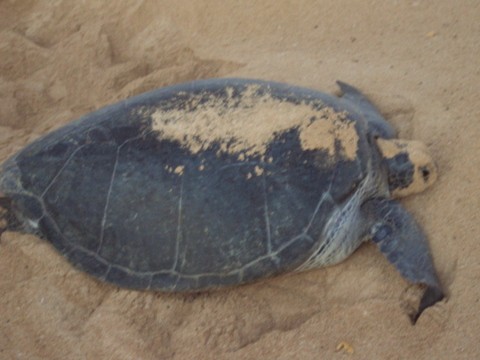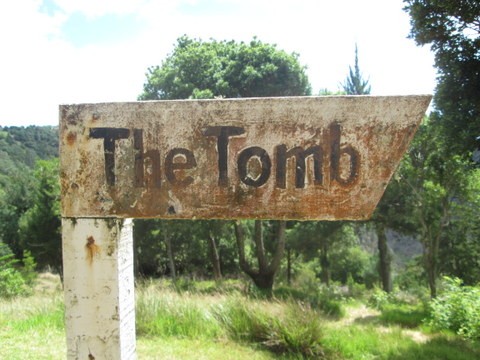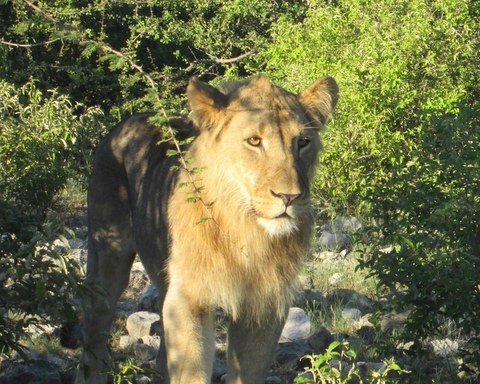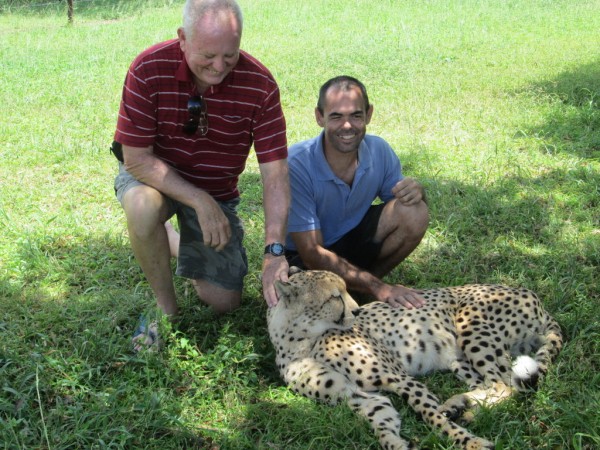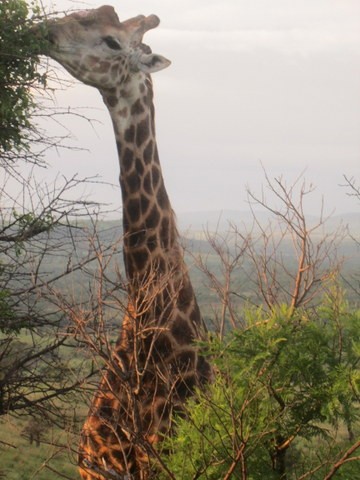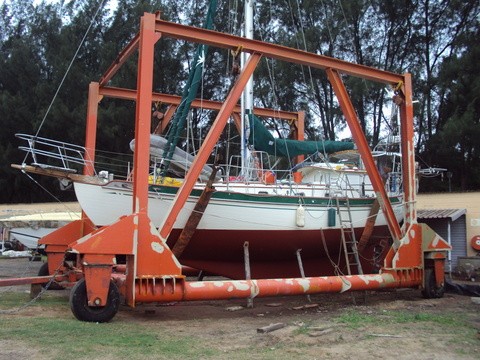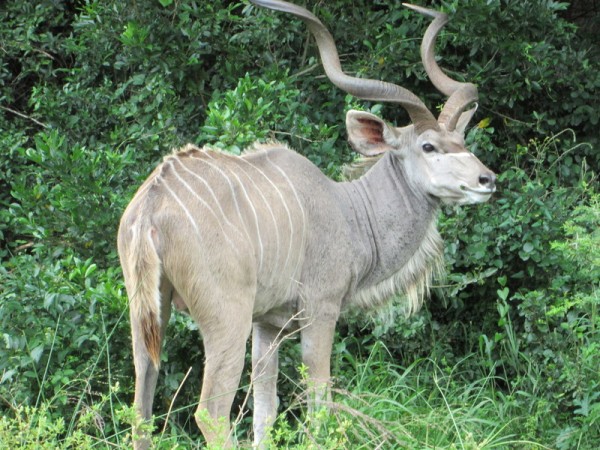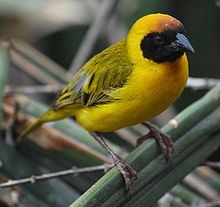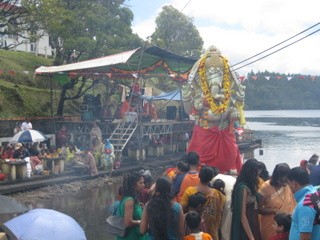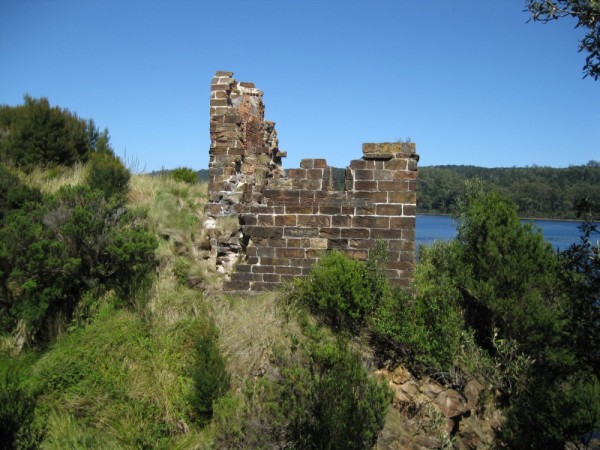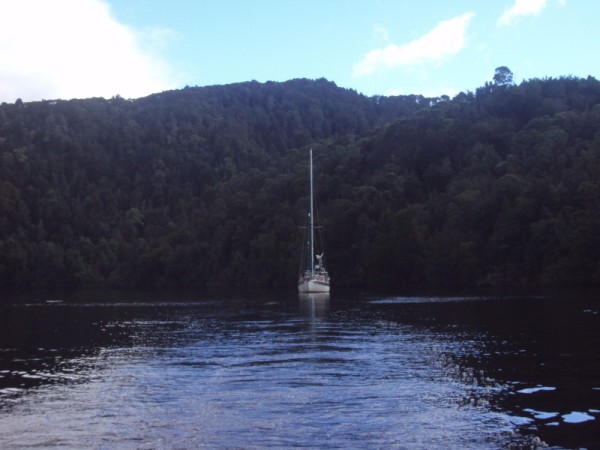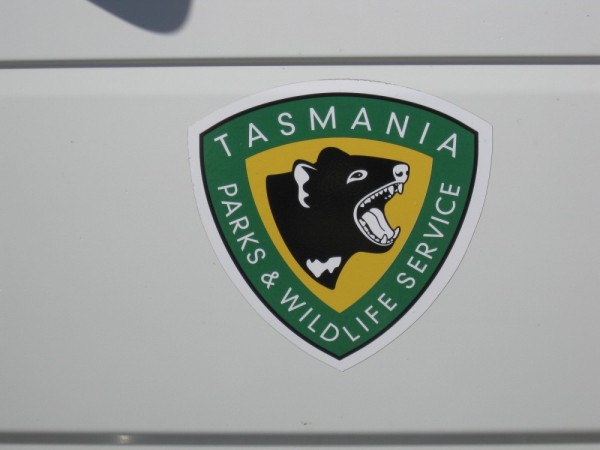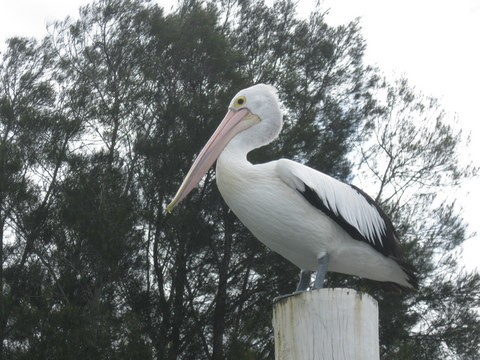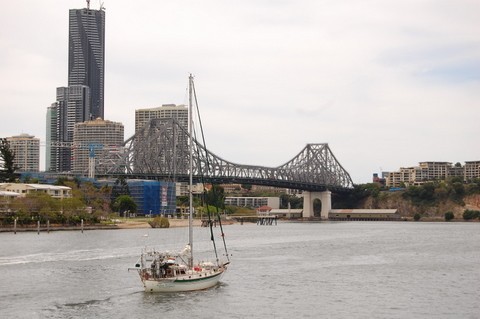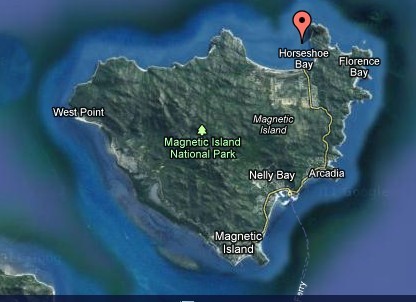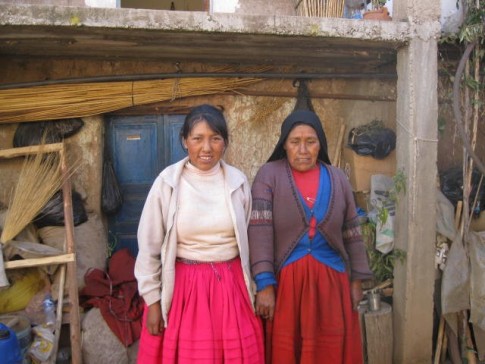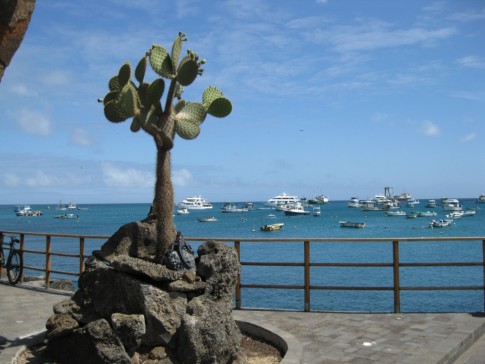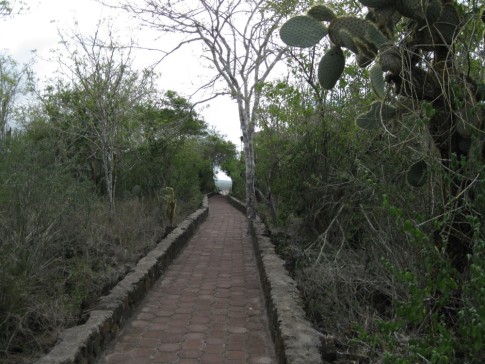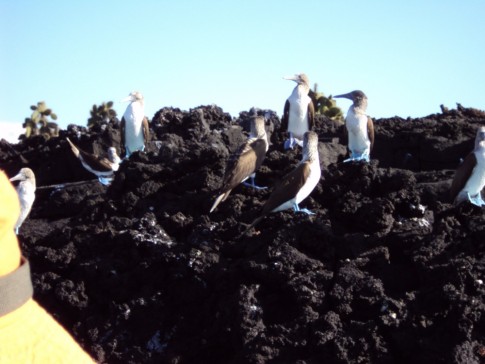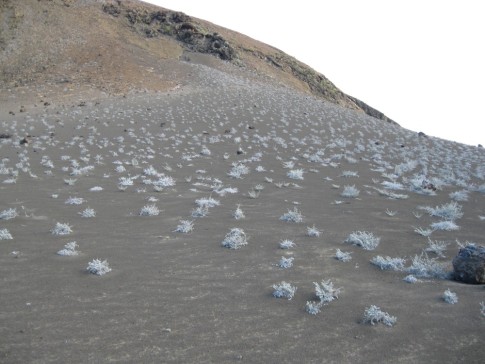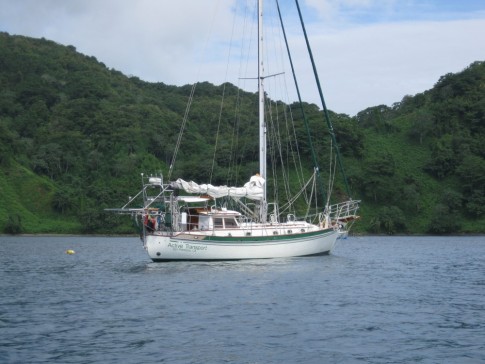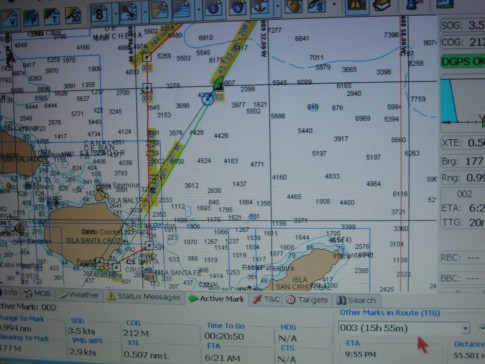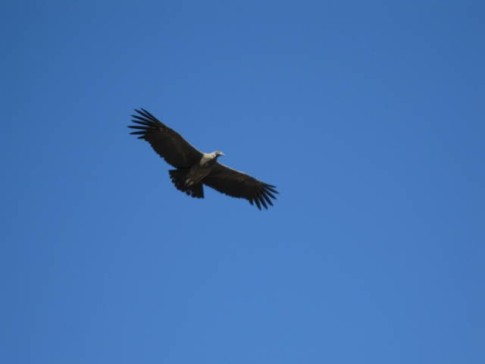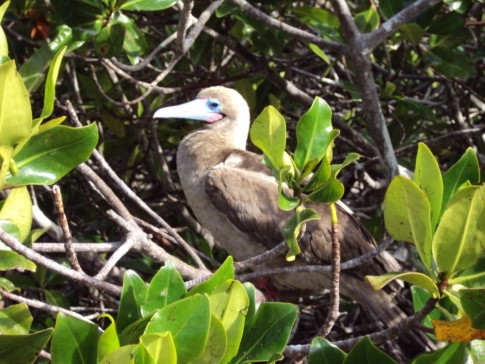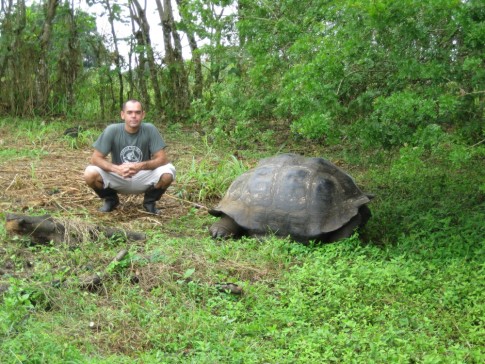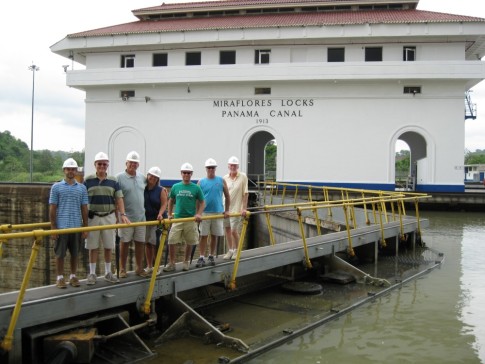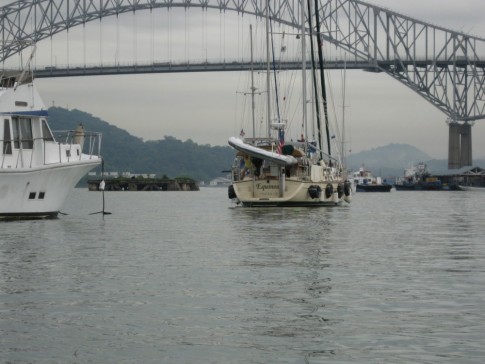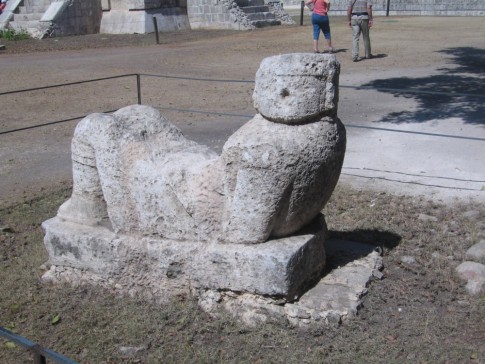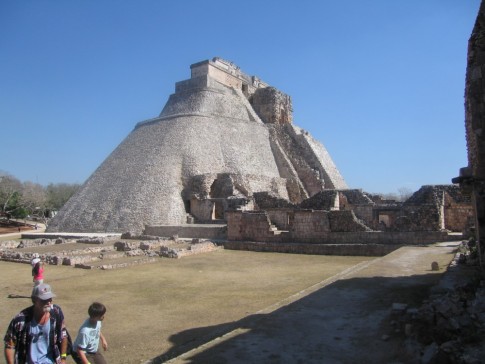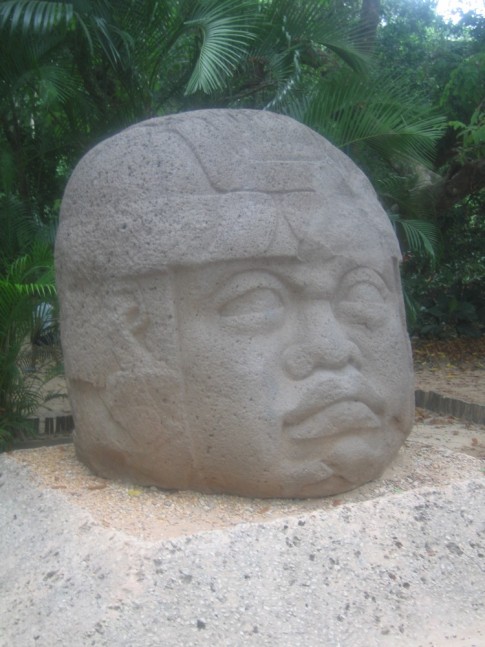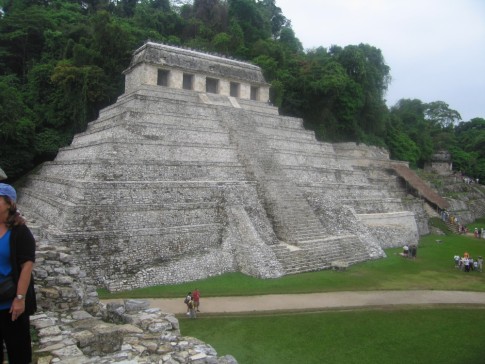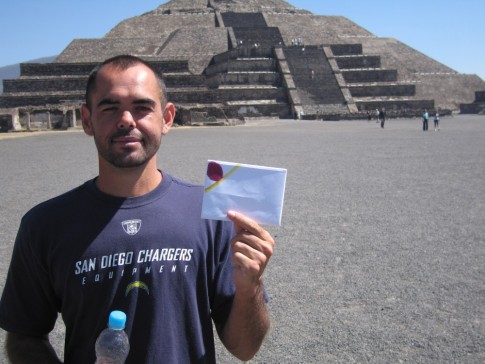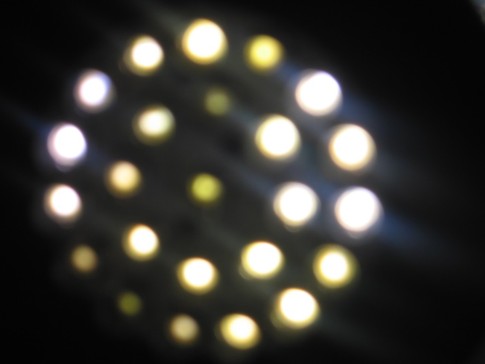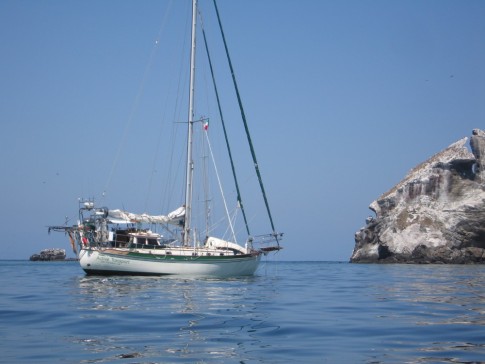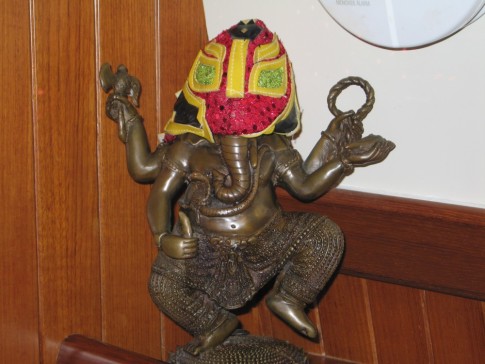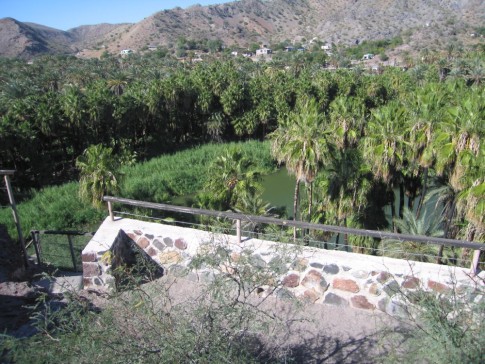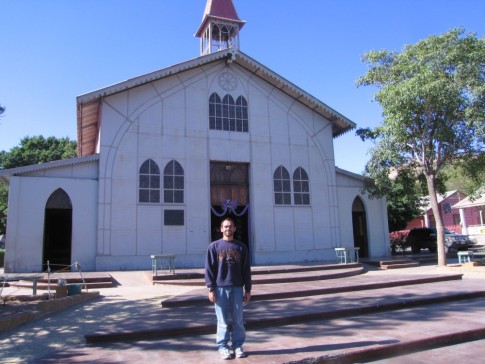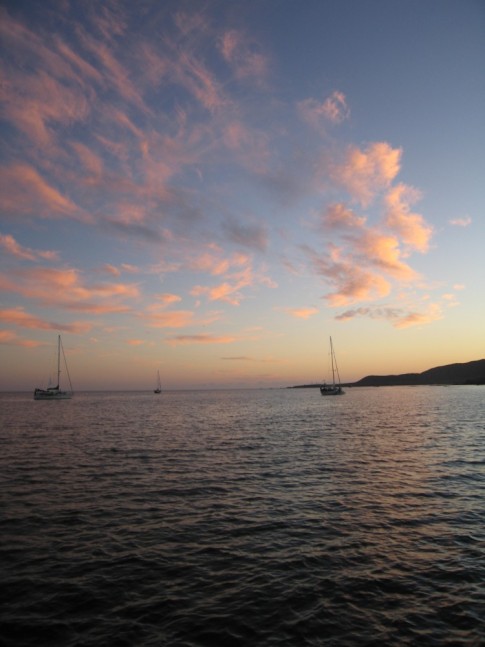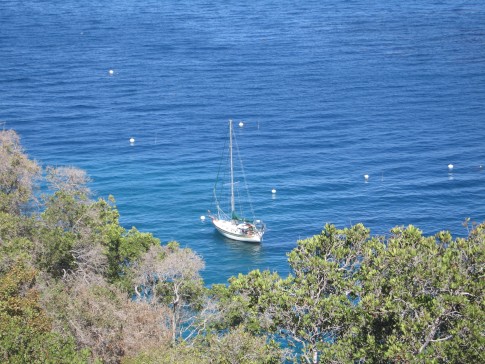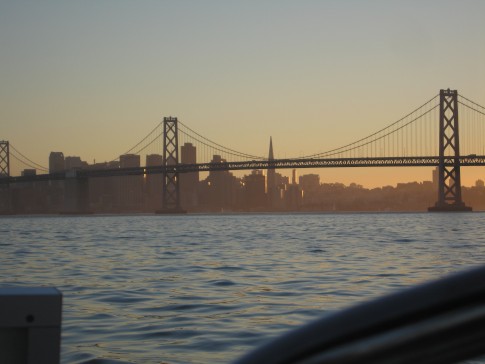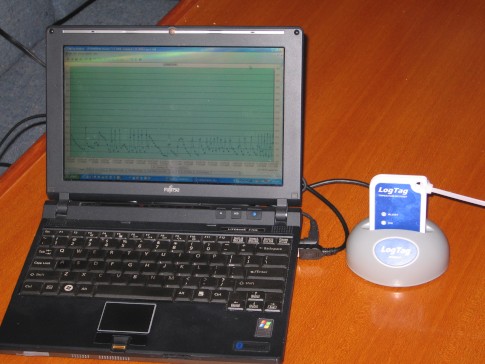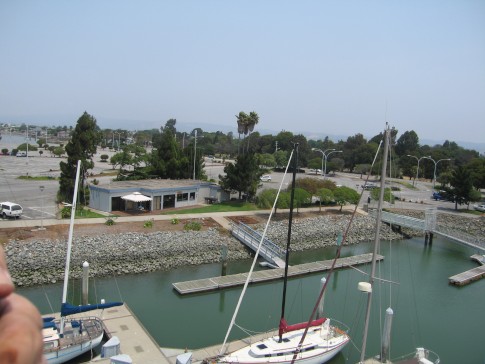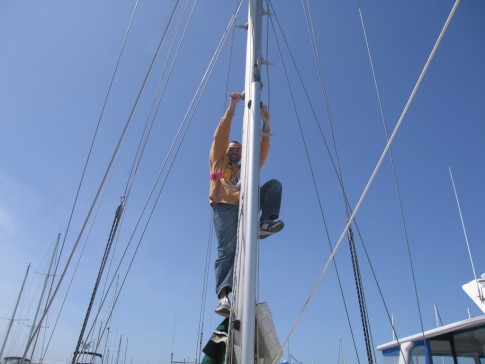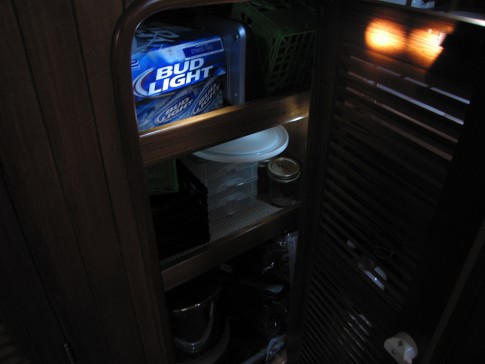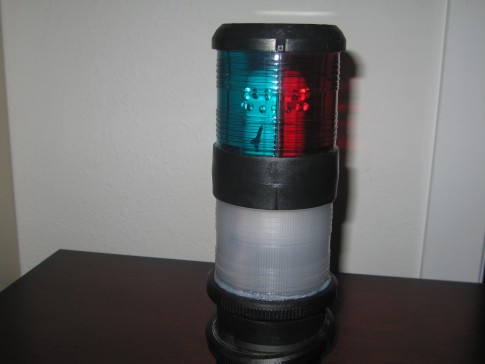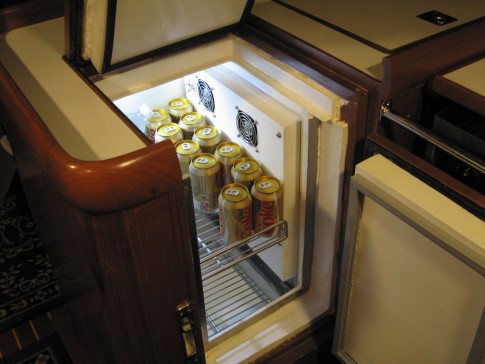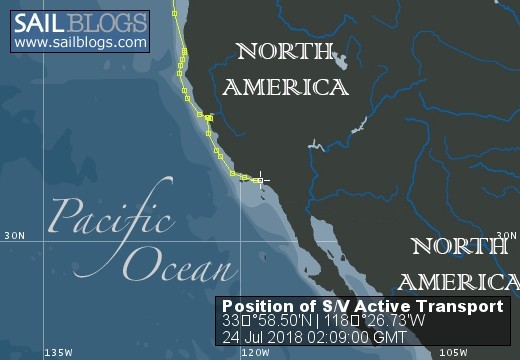
Cruising Active Transport
We circumnavigated between 2008 and 2014. After sailing to Alaska we ended up in Seattle for four years.
19 September 2018
08 August 2018 | Marina del Rey
23 July 2018 | Marina del Rey
22 July 2018 | 25 miles west of Cambria
21 July 2018 | Crossing Monterey Bay
21 July 2018 | South of the Golden Gate
16 July 2018
14 July 2018 | Grand Marina
14 July 2018 | San Francisco Bay
13 July 2018 | Point Arena
12 July 2018 | Thirty Miles NW of Humbolt Bay, CA
11 July 2018 | Crescent City
10 July 2018 | Neah Bay
09 July 2018 | Thirty five miles WNW of Reedsport, Oregon
08 July 2018 | Forty Miles West of Columbia River Entrance
07 July 2018 | Neah Bay
06 July 2018 | Neah Bay Marina
05 July 2018 | Neah Bay Marina
04 July 2018
03 July 2018 | Port Angeles City Floats
Golfo de Tehuantepec
09 November 2013 | Puerto Chiapas, Mexico
John
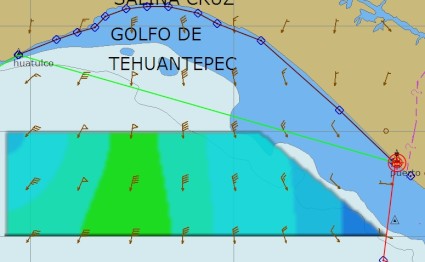
Since I have been commenting on how the strong gap winds in the Tehuantepec have been keeping us pinned down here in Puerto Chiapas I thought I might post a screen shot of what the GRIB forecast for this morning forecasts for the Gulf in the middle of next week. Ill also try to explain a bit about how GRIB forecasts work for us.
The screen shot is of one of our navigational software programs called Open CPN. It displays data from a GRIB file over the display of the nautical chart of the area of our planned route , in this case across the Golfo de Tehuantepec. It is a very convenient way to look at the GRIB data. There are some GRIB viewers that use simple maps to display the data but I find that I'm always trying to compare a fuzzy bump on the shore line, of the low resolution map, with the annotated detail of the chart. Displaying the GRIB data directly on the chart itself is much better.
Having the data displayed on the relevant nautical chart allows us to measure distances and figure out where we will be at points in the future and then evaluate the GRIB weather prediction for what we are likely to encounter.
GRIB data comes to us in the form of simple email attachments that we can save to the computer and open inside our navigational software.
We get the GRIB files from a free service called saildocs that is the brainchild of a man named Jim Corenman. Jim is the same man who wrote “airmail” the program that manages our high frequency radio email.
Jim and a San Francisco sailor named Stan Honey organized a global network of marine single side band stations for cruisers to use for email and weather information. Saildocs is a service that provides weather data to sailmail users. Jim and Stan decided to make this critical safety information available to anyone who wants it, for free.
I have a HAM radio license and have not needed the sailmail service which is for people without the license. Jim wrote a version of airmail for HAM radio operators and we get our email, including GRIB files, through a network of stations called winlink.
All we have to do is send an email to sailmail asking for a specific GRIB file and their computers generate the appropriate file and send it back. We can even set up subscriptions so that we get the same files every day for a specified period of time. We can control the area of the GRIB and also what data are displayed and the resolution (spacial and temporal) that is used. When we have internet access we can get big, high resolution files, but when we are at sea and dependent on slow high frequency radio communications, we try to minimize file size and get lower resolution GRIBS.
When we get some time, during our sojourn in Mexico, over the coming months, I plan to build a list of the best and the worst things we used on the boat during our circumnavigation. Jim Corenman's software and saildocs service will be at the top of the “good” column on that list. One of the most reliable and useful tools we have used has been entirely free. That is not consistent with most boating experiences.
But I digress.
The Tehuantepec is the narrowest part of Mexico between the Caribbean and the Pacific. It is mountainous in places but there are gaps that let the wind through when conditions are right. The right conditions depend on frontal activity as far away as Texas. When the atmospheric pressure builds in the Caribbean, relative to lower pressures in the Pacific, the winds start to blow. Nature wants to even out the pressures. At this time of year Tehuantepec events are common as cold fronts move across the US and increase the atmospheric pressure on the Caribbean side of the isthmus.
The effect of the winds being forced through a gap causes the winds to accelerate so that, when the emerge on the Pacific side, they are blowing very hard.
Interestingly there is a town on the other side of the isthmus called “La Venta” which is where the winds start their accelerating passage through the gap. We visited La Venta 5 years ago because it was on our Tour of Maya ruins and has a wonderful park where relics of the Olmec civilization (pre Maya) are displayed. At the time I did not realize why the town has that name.
Here is what you are looking at on the screen shot.
You can see Puerto Chiapas to the right, with the red circle around it, and Huatulco to the left. The straight green line would be our course if we were to head straight across the gulf but the more likely course is the dark colored, multi-leg, course that hugs the shore all the way around. The almost vertical red line, that ends at Puerto Chiapas is our route coming in from Nicaragua.
We will most likely take the route along the shore because, even if the winds calm down in the middle, there will be residual seas for quite a while and big seas with no wind is really uncomfortable on a sailboat.
It only adds 25 miles to the 225 direct trip to use the “one foot on the beach” approach to crossing the Gulf of Tehuantepec. Even if the winds are screaming, the seas near shore do not have enough fetch to build to the big seas that can be experienced in the middle of the gulf. There are even accounts of people anchoring off the beach with the wind screaming in the rigging.
The negative on the shore hugging approach is that you have to deal with the fishing nets and traps along the shore.
The GRIB wind data are represented as arrows pointing in the direction the wind will blow. The number of feathers on the arrows shows the predicted strength of the winds. The few arrows toward the center, that have little flags instead of feathers, are forecasting wind speeds that are too strong to display with a reasonable number of feathers. Those are forecasting 45 kts and the, human interpreted National Weather Service in the US is forecasting 55 kts at the point in time represented by this GRIB forecast.
On the actual display on the computer I can move the cursor around the screen and read off wind speed and wave heights in the spaces between the arrows.
GRIBs are computer generated and show the results of a specific computer model without any human editing. In situations like the Tehuantepec gap winds the human input is very important since the models are not designed to deal with unique weather phenomena near shore, like Tehuantepecers (or should it be spelled “Tehuantepeckers”?)
This GRIB also forecasts wave height but not above a horizontal line in the middle of the picture. GRIBs do not claim to be accurate near land so they just stop forecasting wave height where they think the model breaks down. That does not mean that the sea above that line is calm when all hell is breaking loose out in the middle of the Gulf.
The colors of the water indicate the forecasted height of the seas with the green strip in the middle representing seas of 5 meters (15 feet). The height of the seas, like the wind speed, decreases as the winds fan out over the gulf
We have found GRIB forecasting models to be pretty accurate in the middle of the ocean and plus or minus 30 degrees of the equator. Close to continental land masses and in higher latitudes they do not seem to be quite as reliable. This is not surprising since some of the weather systems that move across places like Tasmania and the south island of New Zealand move so fast that they flummox the human forecasters, too.
In our circumnavigation we have experienced about 6 hours of un-forecasted strong weather conditions off Tasmania. That's it. The rest of the time we have had very manageable weather and a lot of the credit for that goes to the GRIB models. We don't start out when lousy conditions are forecasted. Obviously, on long passages, the forecasts that are available ,when we set out, are not reliable two or three weeks into the future and we have to deal with what we get but GRIBs, downloaded in route, give us plenty of warning, most of the time.
Our current situation is an excellent example of how GRIB weather forecasts, and other NWS services, allow us to minimize our exposure to nasty weather. We can sit here in Puerto Chiapas as long as it takes to get a window that will get us get across the Tehuantepec without being exposed to storm force winds and big seas.
Right now it looks like the current Tehuantepec event will die down starting Thursday afternoon and conditions will be calm over the weekend. We only need a 40 hour window to scoot across. Six days is so far in the future that things can change but at least the GRIB files are telling us that we have a couple of days for sightseeing and can send our laundry out without being afraid we wont get it back before a window opens.
The screen shot is of one of our navigational software programs called Open CPN. It displays data from a GRIB file over the display of the nautical chart of the area of our planned route , in this case across the Golfo de Tehuantepec. It is a very convenient way to look at the GRIB data. There are some GRIB viewers that use simple maps to display the data but I find that I'm always trying to compare a fuzzy bump on the shore line, of the low resolution map, with the annotated detail of the chart. Displaying the GRIB data directly on the chart itself is much better.
Having the data displayed on the relevant nautical chart allows us to measure distances and figure out where we will be at points in the future and then evaluate the GRIB weather prediction for what we are likely to encounter.
GRIB data comes to us in the form of simple email attachments that we can save to the computer and open inside our navigational software.
We get the GRIB files from a free service called saildocs that is the brainchild of a man named Jim Corenman. Jim is the same man who wrote “airmail” the program that manages our high frequency radio email.
Jim and a San Francisco sailor named Stan Honey organized a global network of marine single side band stations for cruisers to use for email and weather information. Saildocs is a service that provides weather data to sailmail users. Jim and Stan decided to make this critical safety information available to anyone who wants it, for free.
I have a HAM radio license and have not needed the sailmail service which is for people without the license. Jim wrote a version of airmail for HAM radio operators and we get our email, including GRIB files, through a network of stations called winlink.
All we have to do is send an email to sailmail asking for a specific GRIB file and their computers generate the appropriate file and send it back. We can even set up subscriptions so that we get the same files every day for a specified period of time. We can control the area of the GRIB and also what data are displayed and the resolution (spacial and temporal) that is used. When we have internet access we can get big, high resolution files, but when we are at sea and dependent on slow high frequency radio communications, we try to minimize file size and get lower resolution GRIBS.
When we get some time, during our sojourn in Mexico, over the coming months, I plan to build a list of the best and the worst things we used on the boat during our circumnavigation. Jim Corenman's software and saildocs service will be at the top of the “good” column on that list. One of the most reliable and useful tools we have used has been entirely free. That is not consistent with most boating experiences.
But I digress.
The Tehuantepec is the narrowest part of Mexico between the Caribbean and the Pacific. It is mountainous in places but there are gaps that let the wind through when conditions are right. The right conditions depend on frontal activity as far away as Texas. When the atmospheric pressure builds in the Caribbean, relative to lower pressures in the Pacific, the winds start to blow. Nature wants to even out the pressures. At this time of year Tehuantepec events are common as cold fronts move across the US and increase the atmospheric pressure on the Caribbean side of the isthmus.
The effect of the winds being forced through a gap causes the winds to accelerate so that, when the emerge on the Pacific side, they are blowing very hard.
Interestingly there is a town on the other side of the isthmus called “La Venta” which is where the winds start their accelerating passage through the gap. We visited La Venta 5 years ago because it was on our Tour of Maya ruins and has a wonderful park where relics of the Olmec civilization (pre Maya) are displayed. At the time I did not realize why the town has that name.
Here is what you are looking at on the screen shot.
You can see Puerto Chiapas to the right, with the red circle around it, and Huatulco to the left. The straight green line would be our course if we were to head straight across the gulf but the more likely course is the dark colored, multi-leg, course that hugs the shore all the way around. The almost vertical red line, that ends at Puerto Chiapas is our route coming in from Nicaragua.
We will most likely take the route along the shore because, even if the winds calm down in the middle, there will be residual seas for quite a while and big seas with no wind is really uncomfortable on a sailboat.
It only adds 25 miles to the 225 direct trip to use the “one foot on the beach” approach to crossing the Gulf of Tehuantepec. Even if the winds are screaming, the seas near shore do not have enough fetch to build to the big seas that can be experienced in the middle of the gulf. There are even accounts of people anchoring off the beach with the wind screaming in the rigging.
The negative on the shore hugging approach is that you have to deal with the fishing nets and traps along the shore.
The GRIB wind data are represented as arrows pointing in the direction the wind will blow. The number of feathers on the arrows shows the predicted strength of the winds. The few arrows toward the center, that have little flags instead of feathers, are forecasting wind speeds that are too strong to display with a reasonable number of feathers. Those are forecasting 45 kts and the, human interpreted National Weather Service in the US is forecasting 55 kts at the point in time represented by this GRIB forecast.
On the actual display on the computer I can move the cursor around the screen and read off wind speed and wave heights in the spaces between the arrows.
GRIBs are computer generated and show the results of a specific computer model without any human editing. In situations like the Tehuantepec gap winds the human input is very important since the models are not designed to deal with unique weather phenomena near shore, like Tehuantepecers (or should it be spelled “Tehuantepeckers”?)
This GRIB also forecasts wave height but not above a horizontal line in the middle of the picture. GRIBs do not claim to be accurate near land so they just stop forecasting wave height where they think the model breaks down. That does not mean that the sea above that line is calm when all hell is breaking loose out in the middle of the Gulf.
The colors of the water indicate the forecasted height of the seas with the green strip in the middle representing seas of 5 meters (15 feet). The height of the seas, like the wind speed, decreases as the winds fan out over the gulf
We have found GRIB forecasting models to be pretty accurate in the middle of the ocean and plus or minus 30 degrees of the equator. Close to continental land masses and in higher latitudes they do not seem to be quite as reliable. This is not surprising since some of the weather systems that move across places like Tasmania and the south island of New Zealand move so fast that they flummox the human forecasters, too.
In our circumnavigation we have experienced about 6 hours of un-forecasted strong weather conditions off Tasmania. That's it. The rest of the time we have had very manageable weather and a lot of the credit for that goes to the GRIB models. We don't start out when lousy conditions are forecasted. Obviously, on long passages, the forecasts that are available ,when we set out, are not reliable two or three weeks into the future and we have to deal with what we get but GRIBs, downloaded in route, give us plenty of warning, most of the time.
Our current situation is an excellent example of how GRIB weather forecasts, and other NWS services, allow us to minimize our exposure to nasty weather. We can sit here in Puerto Chiapas as long as it takes to get a window that will get us get across the Tehuantepec without being exposed to storm force winds and big seas.
Right now it looks like the current Tehuantepec event will die down starting Thursday afternoon and conditions will be calm over the weekend. We only need a 40 hour window to scoot across. Six days is so far in the future that things can change but at least the GRIB files are telling us that we have a couple of days for sightseeing and can send our laundry out without being afraid we wont get it back before a window opens.
Comments
| Vessel Name: | Active Transport |
| Vessel Make/Model: | Tayana 37 PH |
| Hailing Port: | Seattle, Washington |
| Crew: | John and Shawn |
| About: | |
| Extra: |
Active Transport's Photos - Cruising Active Transport (Main)
|
These are a few pics we took during the weekend we spent at Blake Island.
8 Photos
Created 6 June 2015
|
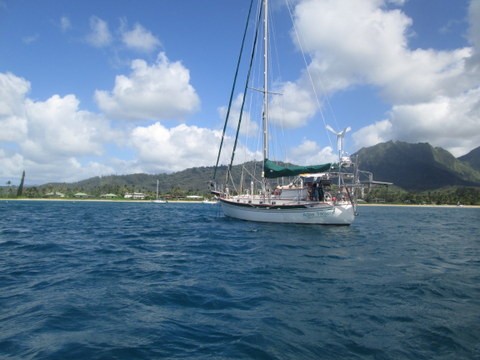 |
We spent a few days anchored i Hanalei Bay while we got the boat and our attitudes prepared for the sail to Alaska
4 Photos
Created 15 June 2014
|
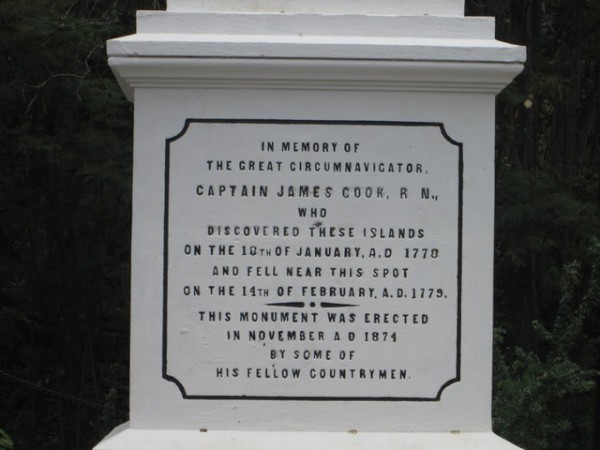 |
Captain James Cook, the famous British explorer, was killed here when an attempt to kidnap the local king did not work out as planned. A monument now marks the spot.
7 Photos
Created 5 May 2014
|
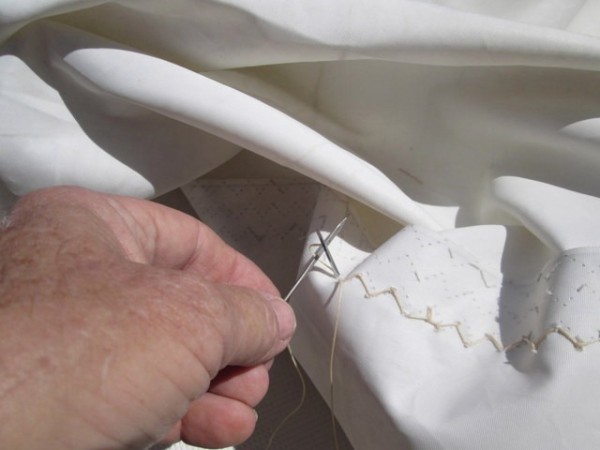 |
This album contains photos that were taken on our passage from La Paz to Hilo. We were unable to upload any of them while at sea
19 Photos
Created 27 April 2014
|
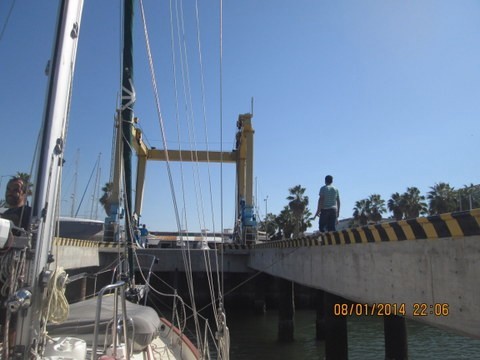 |
Our engine was overdue for a lot of maintenance so we had it pulled out of the boat. this album will hold the photos of the process.
44 Photos
Created 11 January 2014
|
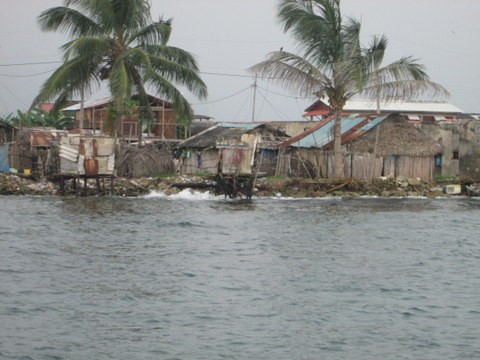 |
Nargana Town is a modern Guna village that has abandoned traditional ways and has electricity, televisions, beer and rum.
4 Photos
Created 25 September 2013
|
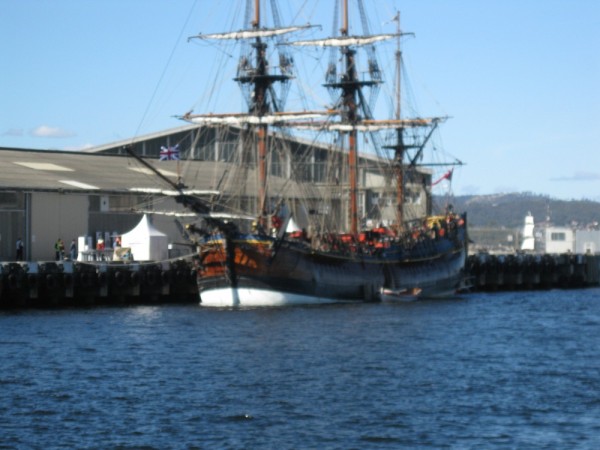 |
Hobart is the capital of Tasmania and the largest city. Large is a strong word to use for Hobart. It was originally called "Hobart Town" and that seems to fit.
7 Photos
Created 26 March 2012
|
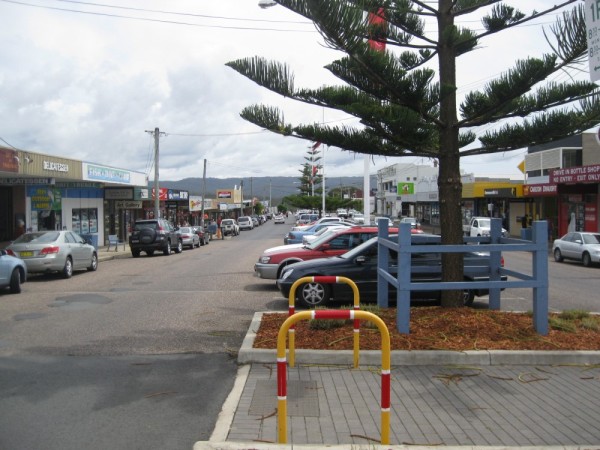 |
This album contains a variety of pictures we took while visiting Eden, a delightful little town on the south east corner of Australia.
6 Photos
Created 10 February 2012
|
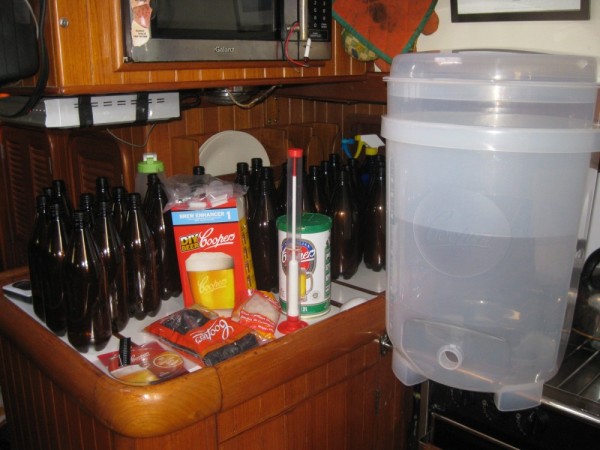 |
This album contains photos of various stages in the brewing process for making beer on board.
2 Photos
Created 17 January 2012
|
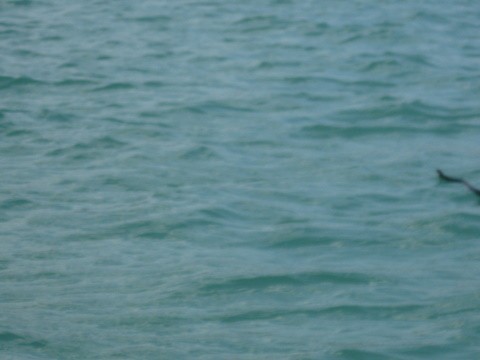 |
Most of Magnetic Island is a National Park so there are lots of hiking trails. We decided to take the hike that goes out to some WWII fortifications.
19 Photos
Created 4 October 2011
|
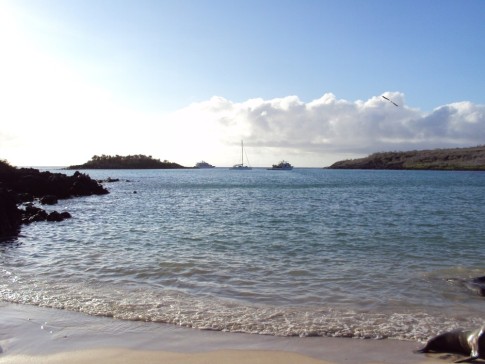 |
This island is also called Barrington Island and is the only island with the specific species of land iguana that is shown in our photos.
7 Photos
Created 8 January 2010
|
 |
this is a place holder for our pics of La Punta Callao. Pics will be added soon
No Photos
Created 22 October 2009
|
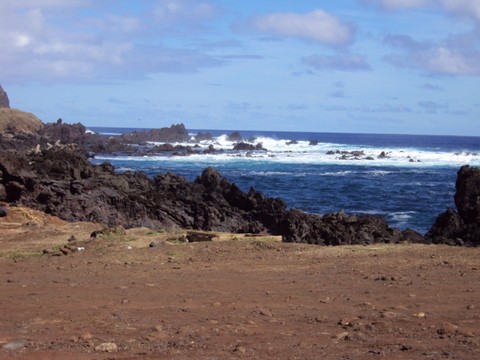 |
this is a place holder for our easter island pics...will add them soon
28 Photos
Created 22 October 2009
|
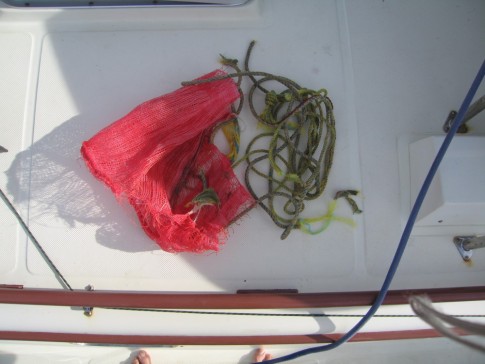 |
We picked up some junk on our prop while motoring from Puerto Escondido to San Evaristo. The pics in this album provide a few details
3 Photos
Created 9 January 2009
|
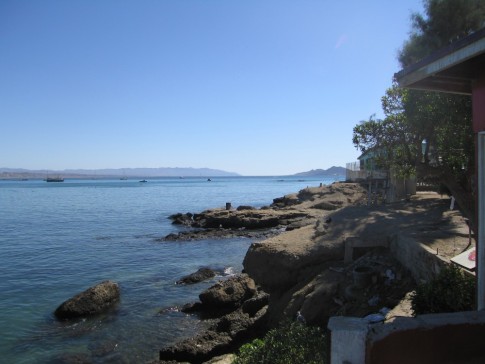 |
Photos taken during our trip ashore in the remote coastal town of Bahia Tortugas.
6 Photos | 1 Sub-Album
Created 26 November 2008
|
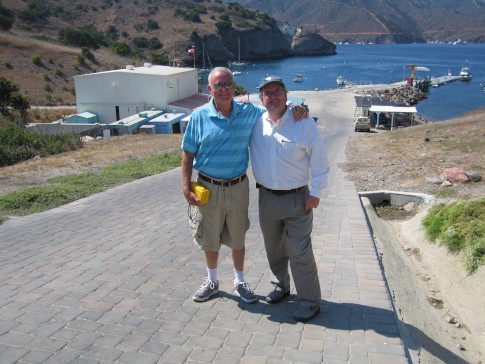 |
The photos in this album show details of our visit to the USC marine lab on Catalina Island.
3 Photos
Created 17 October 2008
|
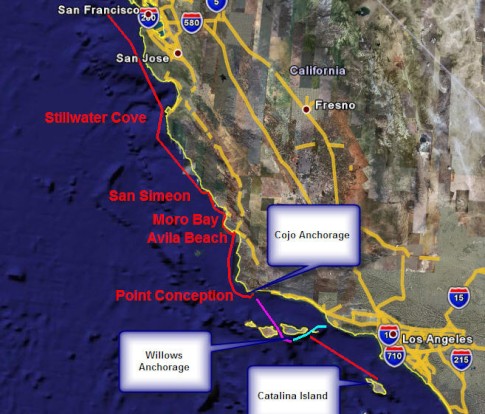 |
This album contains pictures of anchorages, coastline details and people. These photos were taken during our sail down the coast toward Southern California
19 Photos
Created 17 October 2008
|
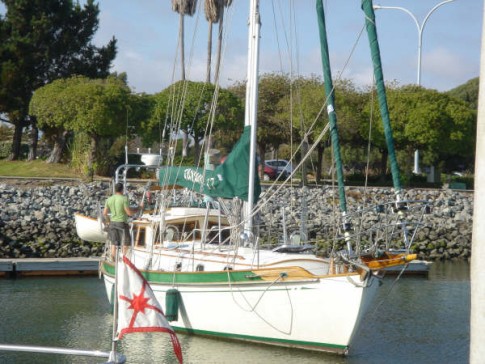 |
This album contains photos from the party we had prior to our departure.
12 Photos
Created 15 September 2008
|
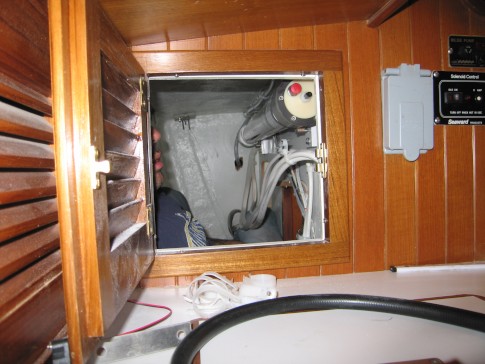 |
Well, it does not really "make" water. What it does is turn sea water into fresh water.
9 Photos
Created 11 July 2008
|
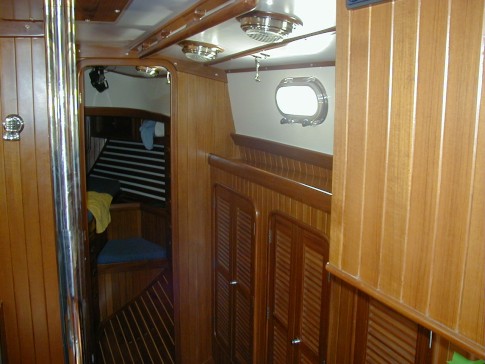 |
The photos in this album show the boat shortly after it was commissioned. I will post another album after we have finished our modifications and are ready to shove off.
8 Photos
Created 26 March 2008
|
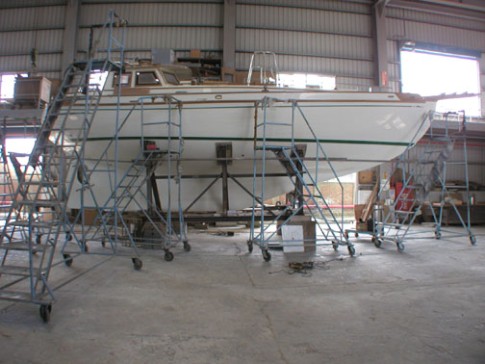 |
The yard provided pictures of the boat at various stages of construction and I have assembled a few of them here to show the process.
7 Photos
Created 26 March 2008
|
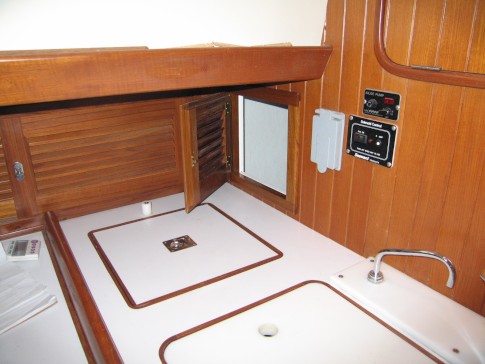 |
This album contains some pics of the modifications we made to the lockers that run along each side of the pilot house.
4 Photos
Created 5 March 2008
|
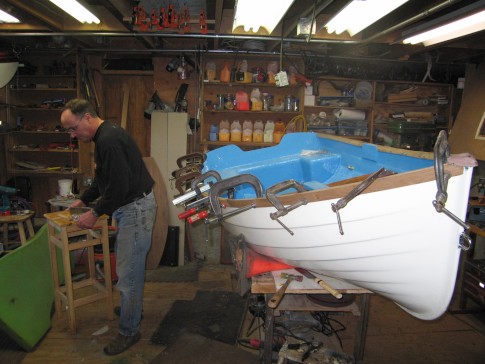 |
These pics show what we did to bring our 30 year old dingy back to life and a couple of enhancements we made that make this a serviceable tender for Active Transport
6 Photos
Created 20 February 2008
|
On the hook in Tomales Bay
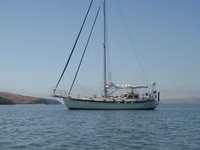
Who: John and Shawn
Port: Seattle, Washington
